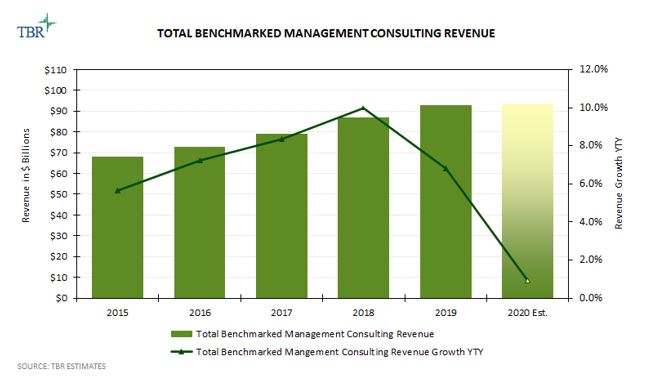Webscales will capture the majority of economic value of telecom edge compute market
Nascent trends in the edge computing market should worry telcos
Webscales have various initiatives underway that will disrupt aspects of telcos’ business model, posing a direct threat to their connectivity businesses and ability to capitalize on new value created from 5G and edge computing. Webscales’ rapidly expanding presence in the edge compute space and keen focus on private cellular networks — particularly in the U.S. — are prime examples of this trend.
Though webscales are posturing like they want to partner with telcos on new opportunities, edge compute partnerships involving a webscale and telco to date are more exploitative than cooperative in nature. Arguably, the highest profile agreement to date is between Amazon Web Services (AWS) (Nasdaq: AMZN) and Verizon (NYSE: VZ), and while Verizon has touted the monetization opportunities, it is providing little more than site access and network connectivity, while AWS’ intelligent edge capabilities provide the bulk of the customer value. In this relationship, AWS doles out a cut of the revenue to Verizon while holding on to the customer relationship and most of the value that emanates from the use of its platform.
The end state of this competitive dynamic will see telcos capturing even less value as they increasingly offload towers and other sites to towercos and data center real estate investment trusts (REITs), and as webscales own greater portions of the network.
Webscales and data center players invest in India to capitalize on the nascent digitalization opportunity
India has become the epicenter of webscales’ focus and investment among emerging markets due to the country’s large population and growth prospects. Alphabet (Nasdaq: GOOGL), Amazon, Microsoft (Nasdaq: MSFT) and Facebook (Nasdaq: FB) are all investing billions of dollars in equity stakes, infrastructure build-out, applications and platforms customized to meet the needs of the Indian market, and setting up business model structures. Reliance Jio, Bharti Airtel and Vodafone Idea are partnering with these webscales on various projects to realize this digitalization opportunity in India.
TBR’s Telecom Edge Compute Market Landscape, which is global in scope, deep dives into the edge compute-related initiatives of stakeholders in the telecom market, including telecom operators, cable operators, webscales and vendors that supply the telecom market. The research includes key findings, market size, regional summary, technology trends, use cases, operator and vendor positioning and strategies, and acquisition and alliance strategies and opportunities.

